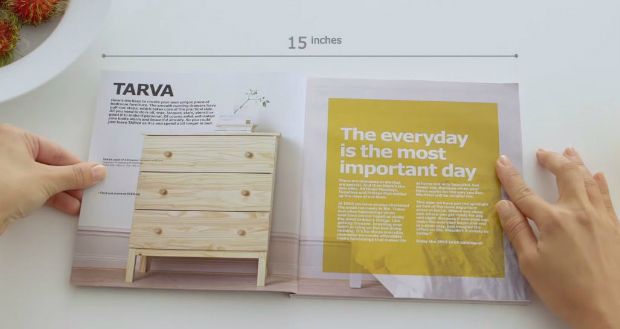On traditional three lamp systems the contribution that each lamp makes to the final cure is different. The first lamp makes a large contribution to cure, the second less while the final third lamp makes the lowest contribution. This can be explained by the physical changes taking place as the ink/coating cures.
At the first UV lamp the viscosity of the ink/coating is relatively low and this allows for greater molecular movement while the free radicals build the molecular chains, (polymerisation). As the ink/coating cures it becomes more viscous and the ability of the molecules to move becomes more and more restricted, meaning less and less polymerisation.
Nordson says the new system offers the same UV dose as a traditional three lamp system (2×240=480 watts/cm verses 3×160=480 watts/cm), while offering much higher intensity. The ink/coating sees more UV while it is still in a low viscosity state, allowing greater molecular mobility and the benefit of enhanced cure. The higher intensity from the two lamp system has the added benefit of allowing greater depth of cure, where there is dense solid colour. These results have been independently verified in testing.
The new two lamps system costs less (no need for a third lamphead) and the customer has the added benefit of needing to replacing just two lamps instead of three.
When comparing two QuadCure (240 w/cm) lamps to the traditional three lamp (160 w/cm) system, Nordson says that the UV intensity is higher and the UV dose is the same.
Comment below to have your say on this story.
If you have a news story or tip-off, get in touch at editorial@sprinter.com.au.
Sign up to the Sprinter newsletter

